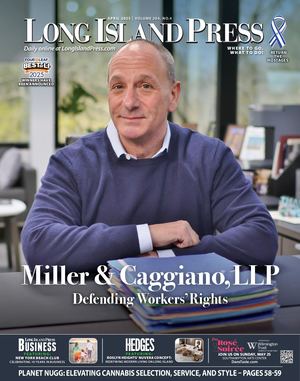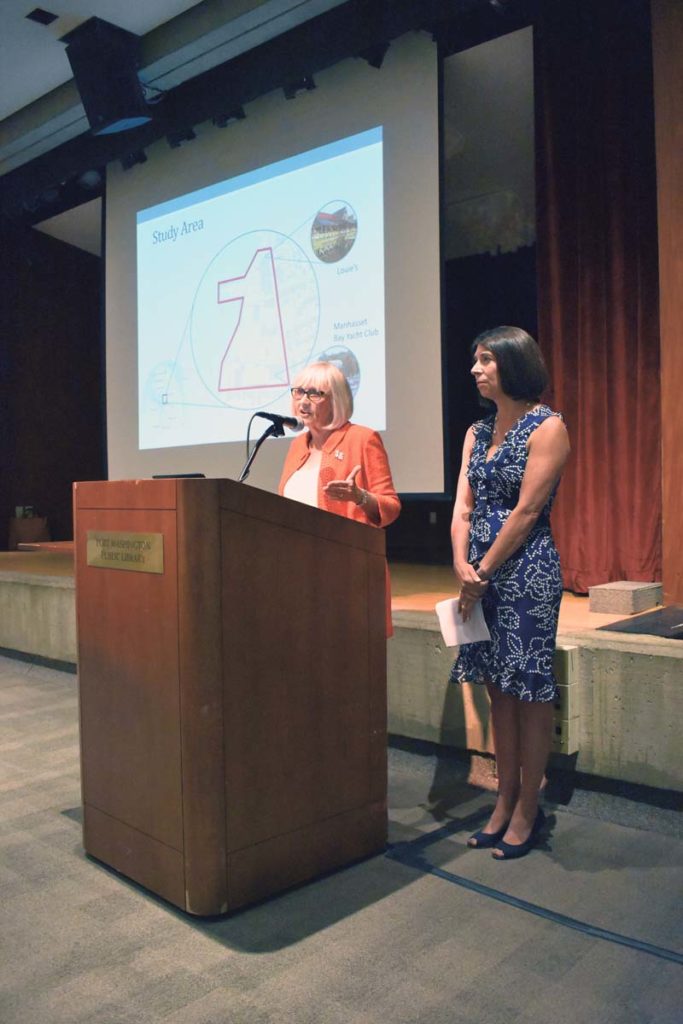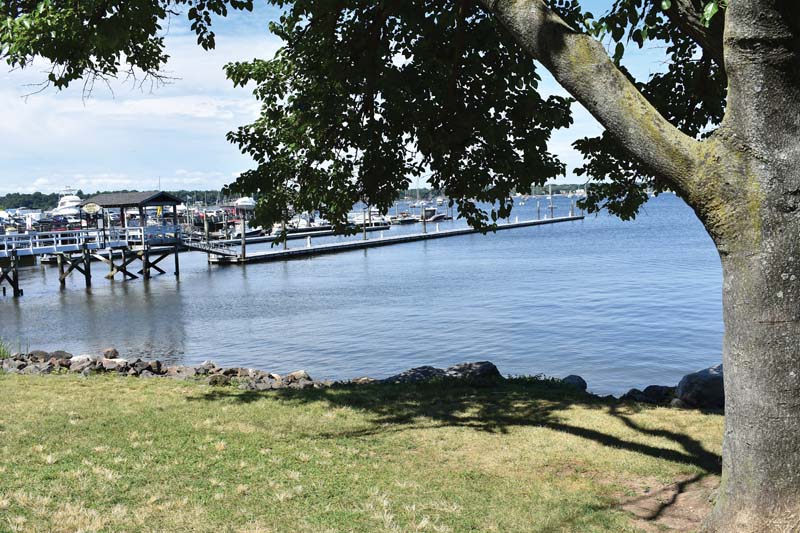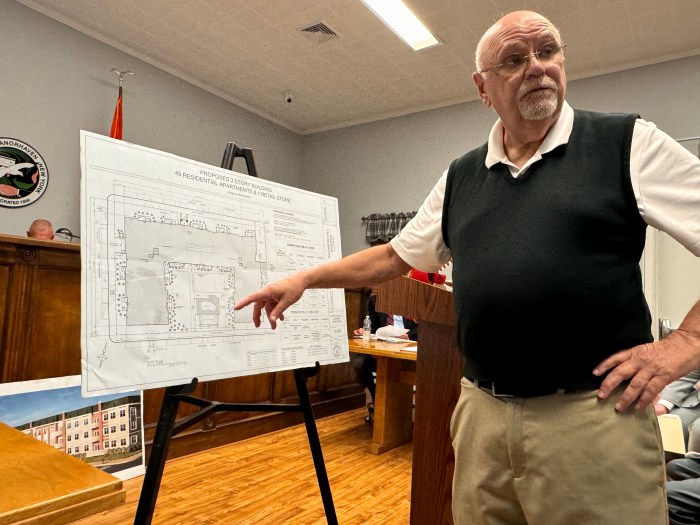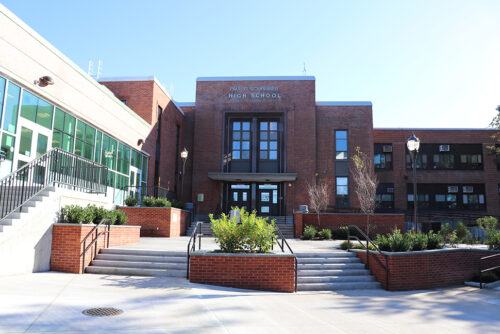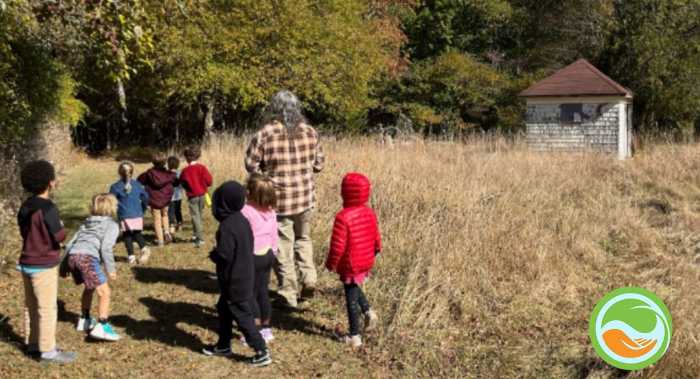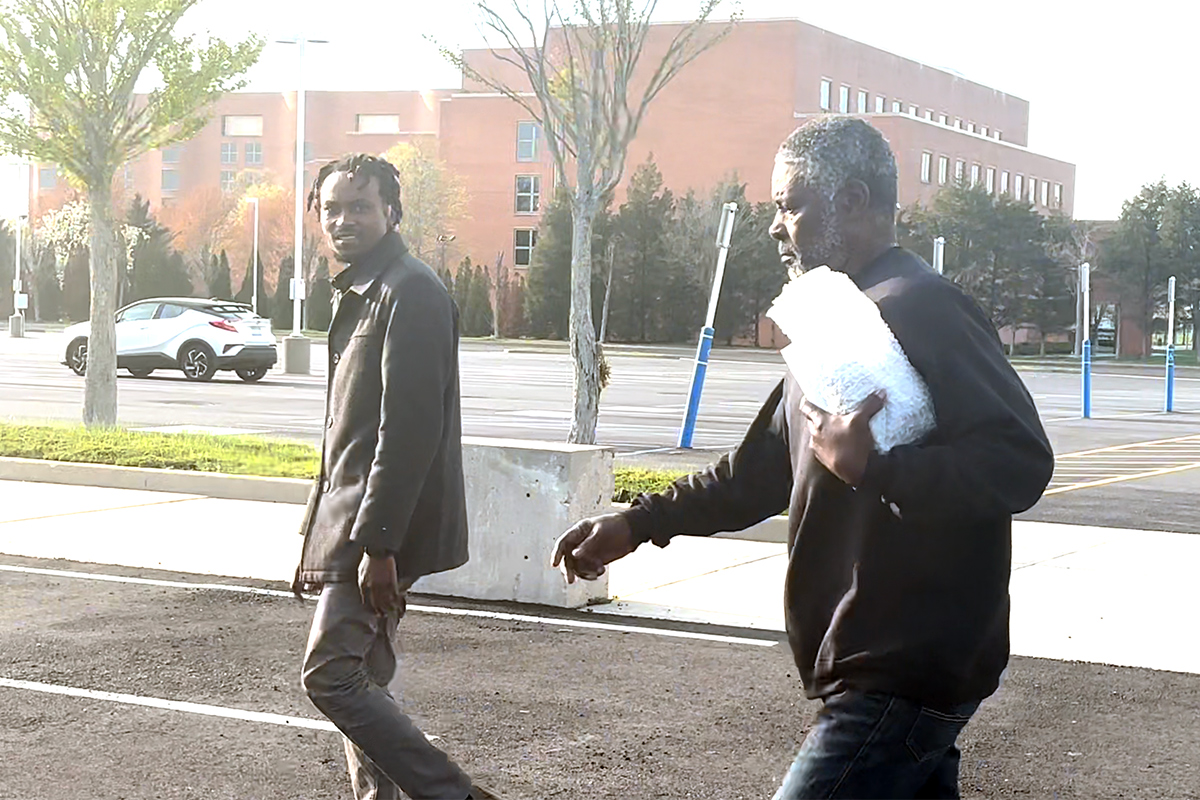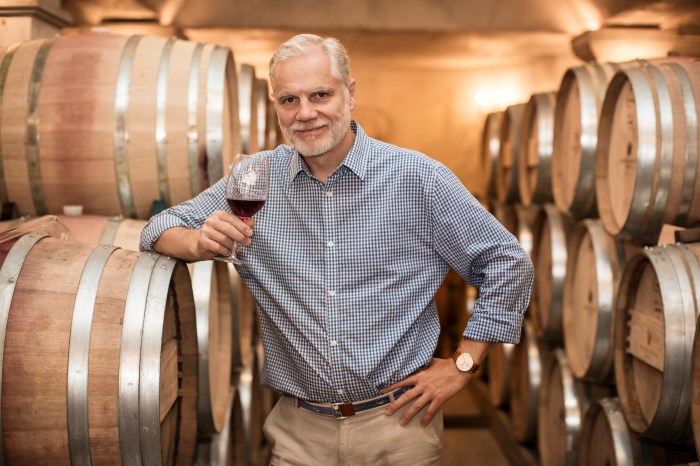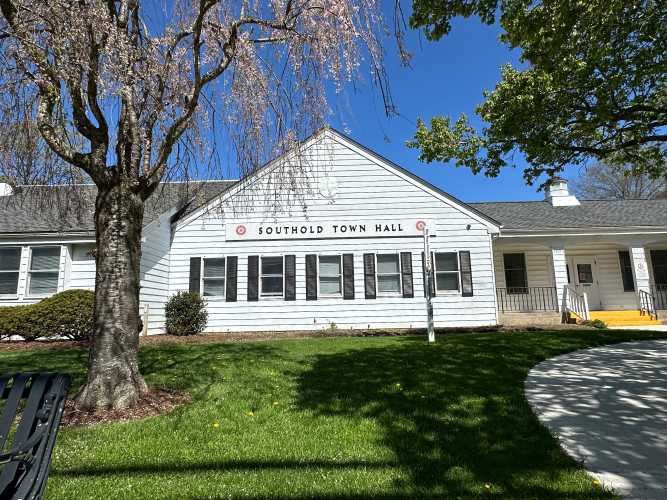After a six-month waterfront moratorium was placed on the waterfront business zoning district on Dec. 19, 2017, followed by a four-month extension on June 5, the Town of North Hempstead presented its findings during the moratorium and their ideas for the zoning code at the Port Washington Public Library on July 25. Led by town Supervisor Judi Bosworth, Councilwoman Dina De Giorgio and Commissioner of Planning Michael Levine, the town showed a PowerPoint presentation to a packed Lapham meeting room and then answered questions from attendees left on comment cards.
“I want to thank everyone for coming out tonight,” said De Giorgio. “This is not a public hearing. We haven’t made any final decisions. We do have some specific ideas. The ideas and the proposals we are presenting tonight grew out of a series of meetings we had with the property owners, some civic groups, the local representatives from our villages and from comments and perspectives that I and the supervisor received from people who live here in Port Washington.”
“I’m very grateful to Councilwoman De Giorgio for bringing this issue to the forefront as she did,” said Bosworth. “There were some rumblings. No property has been sold, but there was some sense that perhaps people were starting to think about selling some of the properties that had been identified as part of the waterfront business district, so it was very proactive to have a moratorium.”
The area of study, explained Levine, begins at the south end of the Town Dock and runs up to but does not include Dolphin-Green Apartments. For the area of study, the town looked to other waterfront communities including Port Jefferson, Northport, Greenport and Newport, RI, for inspiration.
Levine explained some of the goals and objectives of the new zoning code are an appropriate mix of land uses, a design in context with the surroundings, more efficient use of space and a balance of public interest and private property rights.
In order to achieve more public access and open space, the board offered ideas including requiring a view corrdior at least 35 feet wide extending from the front property line to the water’s edge and providing a public access corridor of at least 20 feet along the shoreline to extend the baywalk through private property.
“The properties that are in the B-W zone are privately owned,” explained De Giorgio. “It’s just like if you owned your house. The town can have rules, but we can’t compel you to do things at your house that you might not necessarily want to do. The key for us is to add and enhance the zoning code to make sure the view corridors are maintained and public access is encouraged, but it’s a balancing act.”
In order to achieve a more appropriate use of space, the proposal included the reduction of height limits, the establishment of incentives for increasing height and an increased setback from lot-line. Proposed height regulations include limiting non-residential buildings to two stories (35 feet); for all buildings containing residential uses, no building shall exceed three stories (45 feet) for lot sizes of one and a half to three acres or four stories (55 feet) for lot sizes more than three acres. Front yard setback proposals include zero for building heights less than 30 feet and 25 feet for buildings more than 30 feet. Proposed density regulations include a one and a half acre minimum lot size for buildings with residences, a baseline density of 18 dwelling units per acre and incentives to allow up to 36 dwelling units per acre for properties that maximize open space and public access and incorporate favored architectural elements using a numerical scoring system. Also proposed were regulations for senior housing, which is presently defined in the town as housing for those of at least 62 years of age.
“We’re one of the last remaining towns that still have the minimum age at 62,” said Levine. “Most have it at 55 and we’ve been invited to reduce it. We also have the option of removing any age restriction within the waterfront zone and allowing housing for all ages.”
While the zoning district also includes the Town Dock and Sunset Park, the two were not studied as they are not subject to the zoning ordinates because they are publicly owned.
Levine said the town will be continuing the theme from the baywalk created by Port Washington North from the village line through the Town Dock, which will be undergoing a revitilization plan as part of the $1.3 million in the 2020 capital plan for construction. As the baywalk will run along Sunset Park, the town officials mentioned they have been in negotiations with the Port Washington Water Pollution Control District, the park’s current owners, to transfer the park to the town.
During the comment portion of the presentation, De Giorgio explained that she received many questions regarding Sunset Park and the two entities it houses—the John Philip Sousa Band Shell and Port Washington Police Activities League (PAL).
“We have every intention of taking over Sunset Park because we’ve been asked to,” said Bosworth. “At the last board meeting, we did hire Cameron Engineering to do an assessment study. One of the reasons people have been urging us to take over Sunset Park is they talk about the Town Dock and that the Town Dock and Sunset Park really do seem to be one continuous area.”
De Giorgio explained that PAL has a licence agreement with the water pollution control district while the band shell has a lease agreement. Bosworth said that once the property is owned by the town, it will need to be accessible to everyone in the town, however, discussions will occur about certain groups having preferential access to permits regarding the field.
“Obviously the band shell isn’t going anywhere and I imagine that PAL will continue to operate at the ball field in Sunset Park,” said De Giorgio. “Anybody that is currently occupying space at Sunset Park, once the land acquisition is completed, we will have a meeting with you, we’ll invite you in and we’ll talk about it.”
De Giorgio also explained that many of the questions voiced concerns about connectivity and recreational activities to which she and Levine explained the proposals emphasized connectivity in design.
“The hope is that over time, Sunset Park will be improved and the public access and amenities will continue to be that way,” said De Giorgio. “When someone asked the question about the musicians, we have that on Friday night at the band shell. On Saturday night there is Cinema on the Bay. At the Town Dock there’s a kayak launch, there’s fishing. None of that is going away.”
The town will hold a public hearing regarding the proposals and any changes made before the board votes on a new zoning code. For questions or comments regarding the changes, email pwwaterfront@northhempsteadny.gov.
